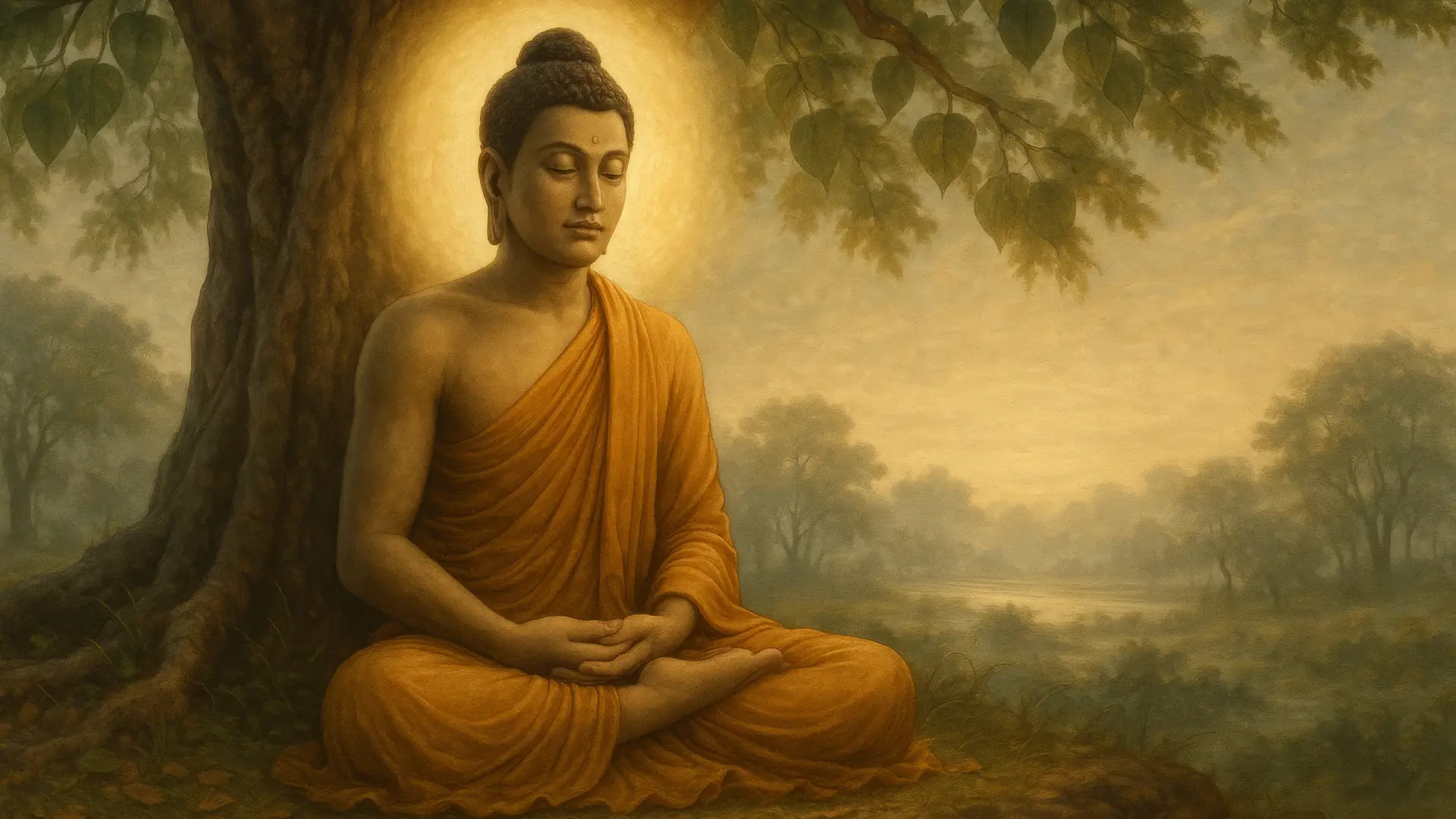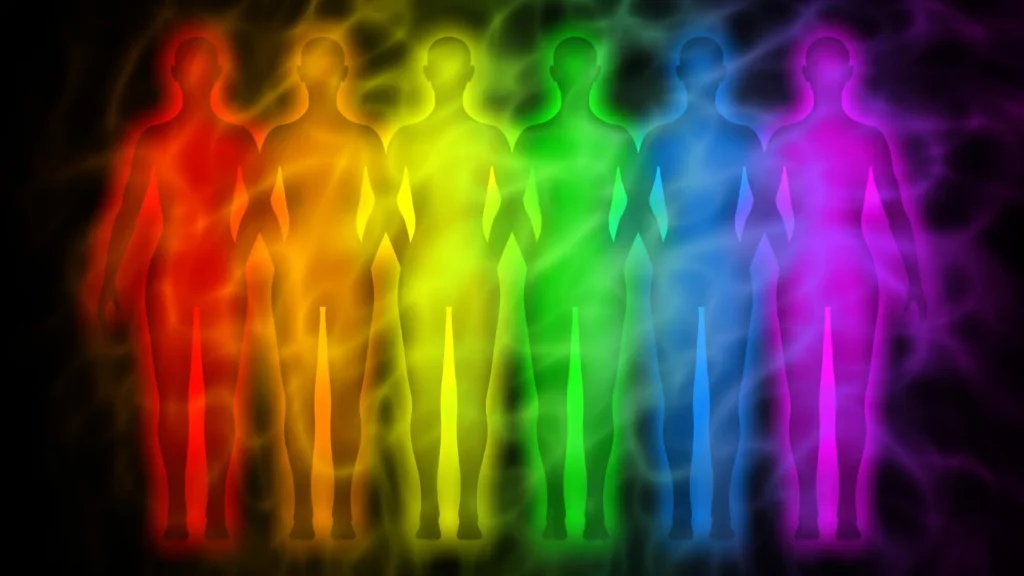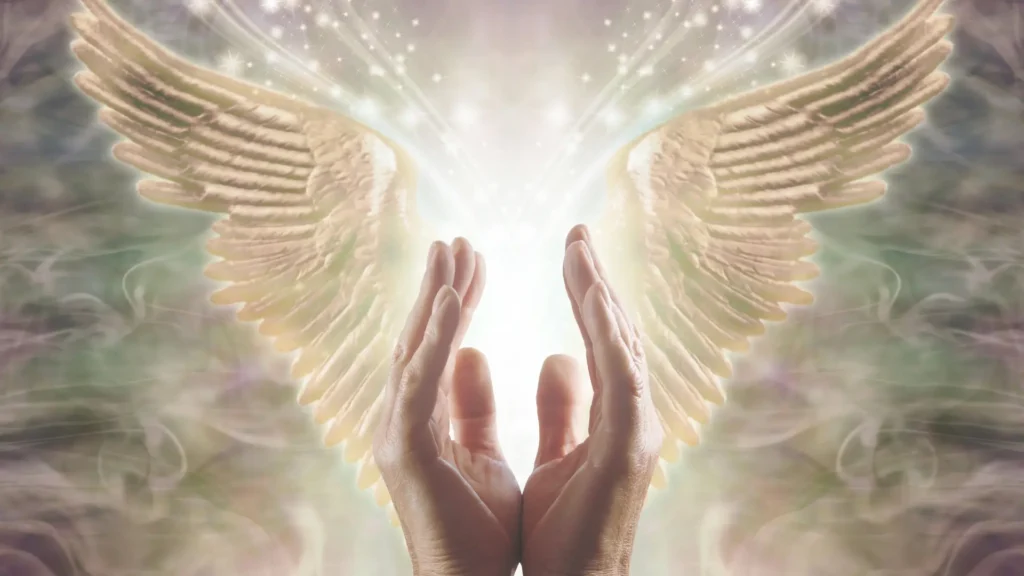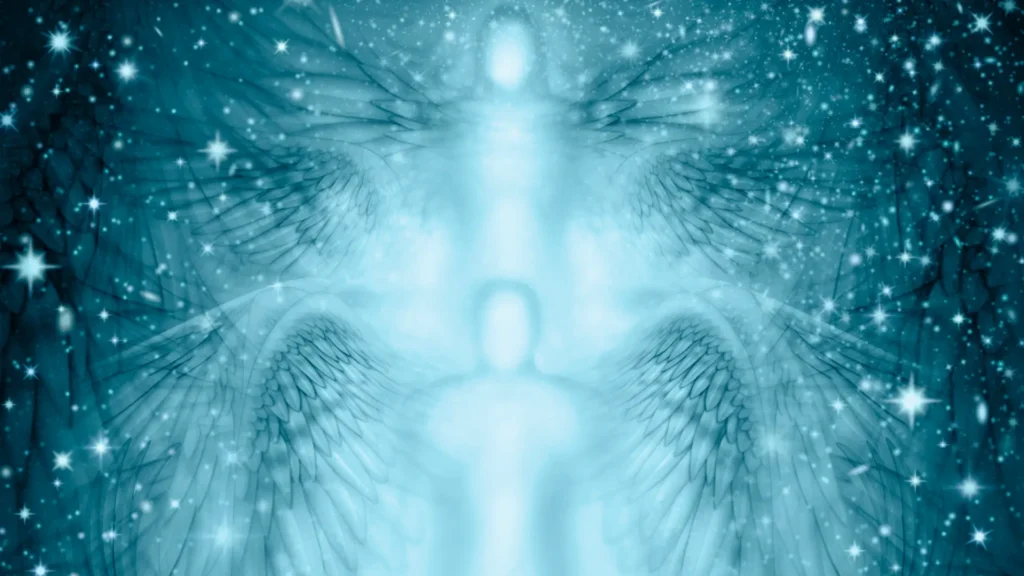Kundalini is a powerful, dormant spiritual energy that, in yogic and tantric traditions, is believed to reside at the base of the spine. Often described metaphorically as a coiled serpent, it represents the ultimate potential for spiritual evolution and expanded consciousness within every human being. The awakening of this energy and its journey upward through the body’s energy centers is considered the path to enlightenment.
Definition of Kundalini
The Sanskrit word Kundalini literally means “the coiled one,” referring to its depiction as a sleeping serpent coiled three and a half times in the Muladhara (root) chakra. It is considered the concentrated, potential form of Shakti, the divine feminine creative power that manifests as the entire universe. While Shakti is the active force of creation, Kundalini is that same force held in a latent state, a wellspring of divine potential waiting to be awakened.
The Subtle Body Anatomy
The journey of Kundalini takes place within the subtle body, an energetic framework that coexists with the physical form. To understand Kundalini, one must understand its landscape.
The Chakras: Muladhara to Sahasrara
The primary path for Kundalini is along the spinal column, through the seven major chakras. These energy centers are vortexes of consciousness, each governing different aspects of our being. The journey begins at the root (Muladhara) and culminates at the crown (Sahasrara), the center of divine connection at the top of the head.
The Nadis: Ida, Pingala, and Sushumna
The chakras are connected by a vast network of thousands of energy channels called nadis. While there are many, three are paramount to the Kundalini process:
- Ida: The lunar, feminine channel, associated with cooling, intuitive energy.
- Pingala: The solar, masculine channel, associated with heating, active energy.
- Sushumna: The central and most important channel, which runs through the core of the spinal column. Under normal circumstances, it is “dormant”. The Sushumna is the exclusive pathway for awakened Kundalini.
The Awakening Process
A Kundalini awakening is the moment this dormant energy uncoils and begins its ascent up the Sushumna. This can be a gradual unfolding over many years or a sudden, explosive, and life-altering event. The awakening can occur spontaneously or as the result of dedicated spiritual practice. As Kundalini rises, it must pierce through three energetic “knots” called Granthis, which represent deep-seated ego attachments and blockages that prevent spiritual evolution.
The Union of Shiva and Shakti
The entire process of a Kundalini awakening is described in the symbolic language of uniting the divine feminine and masculine principles.
Ascent to the Sahasrara Chakra
As Kundalini Shakti rises, it purifies and energizes each chakra it passes through, awakening the latent psychological and spiritual potentials associated with that center. Its final destination is the Sahasrara (crown) chakra at the top of the head.
The State of Samadhi
The Sahasrara is considered the abode of Shiva, the principle of pure, static, and formless consciousness. When the dynamic energy of Shakti reaches the crown and merges with the stillness of Shiva, the practitioner’s individual sense of self dissolves into the universal consciousness. This union results in Samadhi—a state of non-dual, blissful absorption and the ultimate goal of many yogic paths.
Kundalini Awakening Practices
While spontaneous awakenings can occur, many traditions have developed specific methods to prepare for and intentionally cultivate Kundalini energy. These include:
- Kundalini Yoga: A specific school of yoga that uses a combination of physical postures (asana), breathing techniques (pranayama), mantra, and meditation (kriyas) to systematically awaken this energy.
- Tantric Practices: Advanced techniques involving deep meditation, visualization, and the circulation of prana to stimulate the Sushumna.
- Shaktipat: The direct transmission of spiritual energy from a guru to a disciple, which can trigger a Kundalini awakening.
Signs and Potential Risks of Awakening
The awakening process is a powerful purification that can produce a wide range of intense phenomena.
Common signs include intense energetic sensations like heat or electricity running up the spine, spontaneous and involuntary body movements or postures (kriyas), visions of inner light, profound emotional releases, and radical shifts in perception and awareness.
However, an awakening can also have significant risks if the body and mind are unprepared. A premature or uncontrolled awakening can lead to what is known as Kundalini Syndrome, which may manifest as nervous system dysregulation, psychological distress, disorientation, and physical discomfort. For this reason, traditional paths strongly emphasize the importance of purification, preparation, and the guidance of an experienced teacher.



